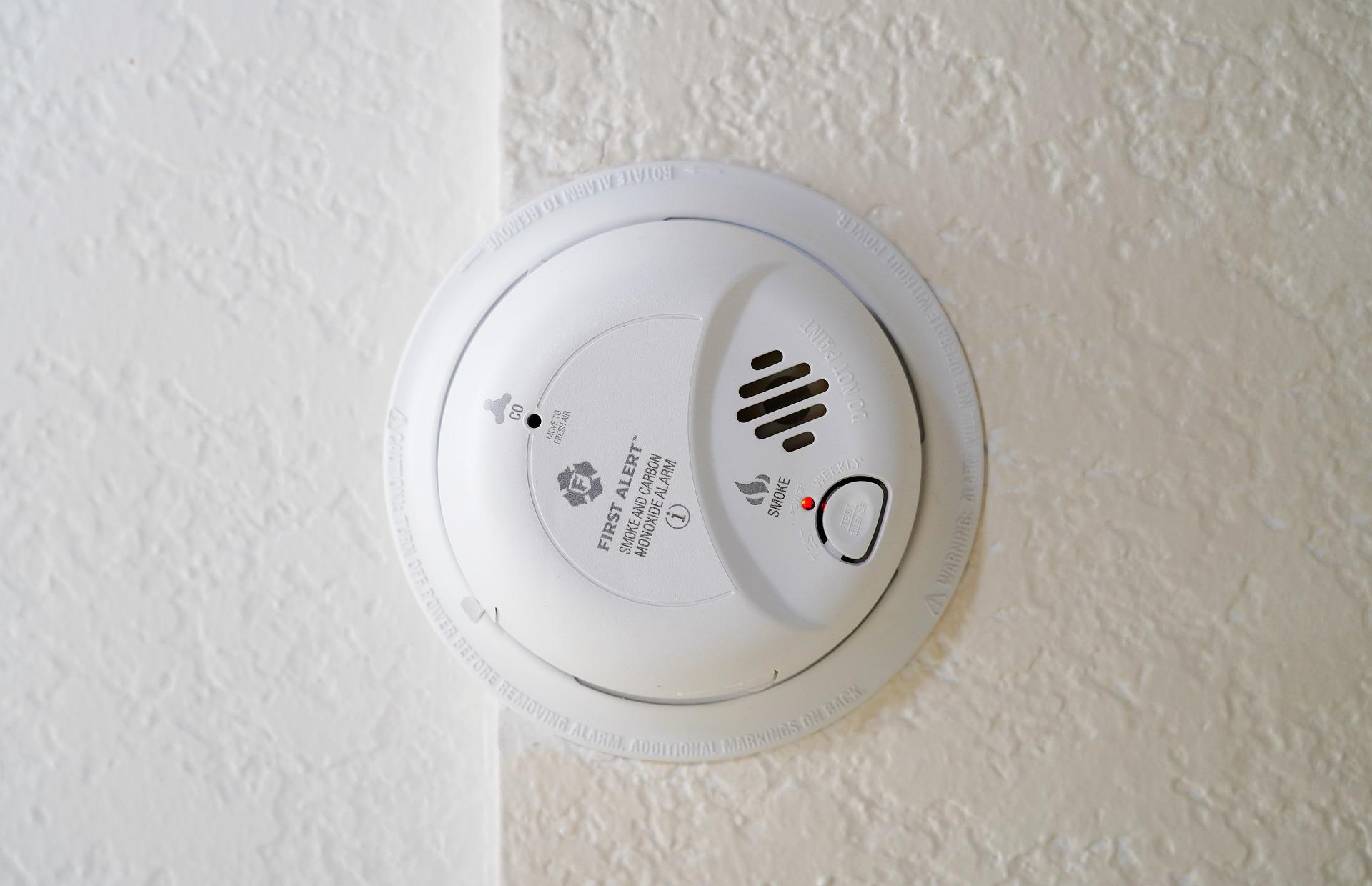
You’ve probably heard of carbon monoxide, but how much do you really know about this gas? It’s fair to say that we’ve already probably heard that it’s dangerous. In fact, there’s a good chance that you’ve heard it being referred to as the ‘silent killer’.
Unintentional carbon monoxide poisoning (that which isn’t a result of a deliberate act), kills 400 American citizens every year. While any death is tragic, what makes these deaths more so is that they are completely preventable.
If you want to know about the threat that is posed by carbon monoxide, and how to keep yourself safe, keep reading.
What is carbon monoxide?
Referred to by the chemical symbol CO, carbon monoxide is a type of gas. While it is well known that this gas is dangerous, what makes it hard to detect is the fact that it is both odourless and colourless. This means that it is quite possible that you could be inhaling this noxious gas without even realizing it. Given the fact that it is highly poisonous, this is something that clearly needs to be avoided!
Where does carbon monoxide come from?
Carbon monoxide is a byproduct of burning fuels. Some instances of where it can be found include:
- Fuel being burnt in your truck or car
- The use of small engines
- Stoves
- Lanterns
- Gas ranges
- Fireplaces
- Grills
- Furnaces
These are all things that many of us use on a daily basis. That’s why it’s so important to recognize the symptoms of carbon monoxide poisoning, but also why you need to know how to prevent this from happening in the first place.
Symptoms of carbon monoxide poisoning
While the key to carbon monoxide poisoning is all about prevention, it’s still hugely important to recognize the symptoms so that you can seek treatment if needed. While people describe symptoms as being ‘flu like’ you’re also likely to experience:
- Headaches
- Dizziness
- Vomiting
- Nausea
- Confusion
- Chest pain
While it is true that carbon monoxide poisoning is a risk to everybody, those who are at most risk include:
- The young
- The elderly
- Those with chronic heart disease
- Anyone suffering from anemia
- People who experience any kind of breathing problems
How can you tell the difference between carbon monoxide poisoning and the flu?
While both may seem similar in symptoms, there’s a huge difference, and this is how you spot it.
1. You feel better when you’re from home.
2. People at home get sick at the same time – with the standard flu, it usually takes a couple of days before you pass it on to others.
3. The most affected people are usually the ones at home the most
4. Your symptoms worsen as soon as you switch on a fuel-burning device.
5. Your indoor pets are not well either. They show symptoms like drowsiness and lethargy
The long-term impacts of carbon monoxide poisoning
Even when carbon monoxide poisoning hasn’t proven fatal, there is still a risk of longer-term effects. These could include:
- Issues with memory loss
- Lack of concentration
- Difficulties with speech
- Depression
- Parkinsonism
Preventing carbon monoxide poisoning in your home
Here are our top tips to protect yourself from the risk posed by this silent killer:
- Ensure that your furnace is serviced by a qualified expert every year
- Install reliable carbon monoxide detectors on each floor of your home
- Ensure that any gas appliances are adequately vented
- Be sure that your chimney is cleaned once a year
- Any gas equipment that you buy needs to carry the seal of a national testing center
- Never use portable flameless chemical heaters inside
Remember, if carbon monoxide builds up in your home there is no escaping the fact that you, your family, and your pets are going to inhale it. Follow these tips to be sure that you and yours are kept safe.

Leave a Reply